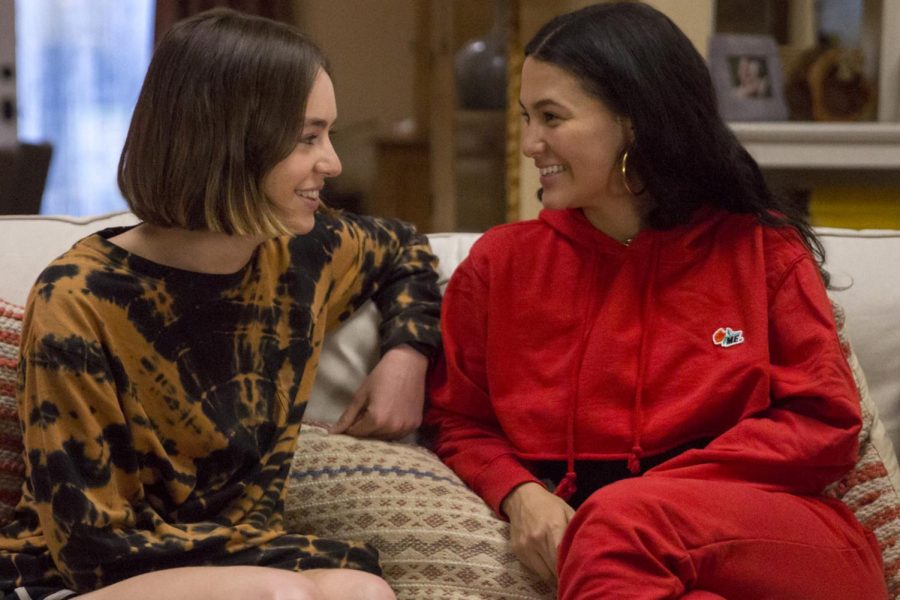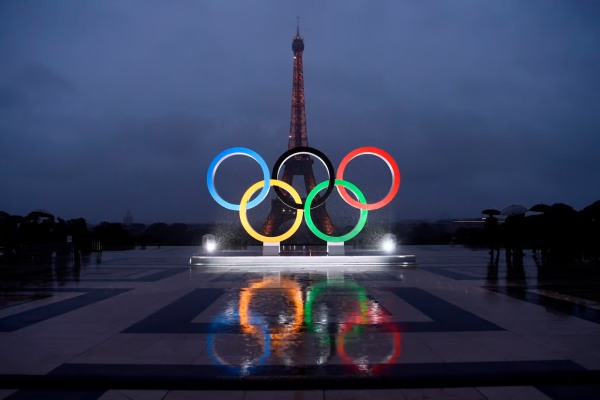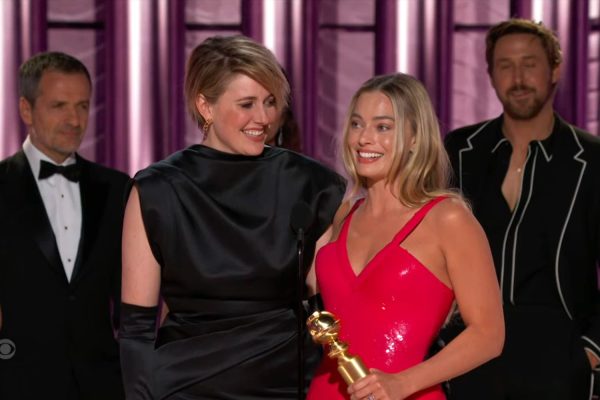LGBTQ+ Representation: Evolution and Issues
Television mirrors real life. Whether it be a show about aliens or an office workplace, television reflects what is going on in the world. Sometimes, what isn’t being shown can tell the audience a lot, as well. For decades, LGBTQ+ representation was either ignored or only used to enforce harmful stereotypes and ideas towards the community. Now in the 21st century, people are more accepting and open. More representation, and better representation, is finally present.
LGBTQ+ representation begins as far back as 1976, where “The Bob Newhart Show” featured the first gay character in a TV show. Though the role may have enforced harmful ideas, it was an important milestone. The first recurring LGBTQ+ character was featured on an Australian soap opera called “Number 96” in 1972. Following these instances, small LGBTQ+ roles have been scattered across television shows.
The years following had very few instances of representation, and most often had only gay men on screen. Eventually, bigger shows started to include depictions of LGBTQ+ characters. The first lesbian wedding on television occurred on the popular TV show, “Friends” in 1996 with the characters Carol and Susan.
What is truly shocking is the amount of “firsts” that have happened in recent years. For example, in 2014 Disney Channel’s “Good Luck Charlie” became the first TV show on a child-targeting network to feature a same-sex couple. In the same year, “Days of Our Lives” characters Will Horton and Sonny Kiriakis became the first gay male couple to get married on U.S. daytime television.
However, most representation was in smaller television shows, with the exception of a couple outliers. We are just now seeing representation in shows like “Euphoria”, “Brooklyn Nine-Nine”, and “Atypical” that are more widely watched shows.
In some instances, representation is done in the wrong way. There can be harmful portrayals that go too far with stereotypes or use the “Burn your gays” trope. The trope is something that has been observed as a recurring instance in far too many shows. It is where the LBGTQ+ character is consistently given a bad ending or killed off. According to Autostraddle, which examined 1,779 scripted U.S. television series from 1976 to 2016, 193 (11%) of these series featured lesbian or bisexual female characters. Among these, 35% saw lesbian or bisexual characters dead, while only 16% provided a happy ending for them.
To add, many television series imply a romantic relationship between two same-sex characters, only to do nothing about it. This has been called, “queerbaiting” and is present in popular shows like “Supernatural” and “Supergirl.” The shows use tension and implications to gain viewers, but won’t take the final step to be actual representation. Networks want the money of LGBTQ+ consumers, but refuse to represent them. It is simply exploitation.
The LGBTQ+ representation in the world of television has come far since 1976, and can only go up from here. People are calling out poor depictions and standing up for representation. Members of the LGBTQ+ community are real and present in the world; the media should reflect that aspect of real life, not hide it.









